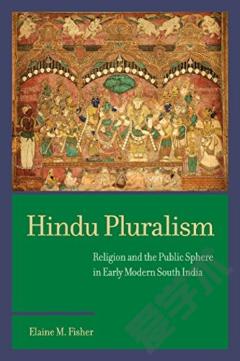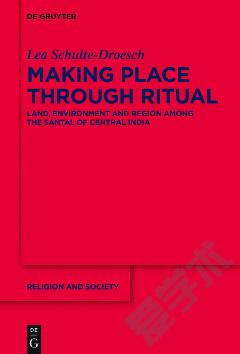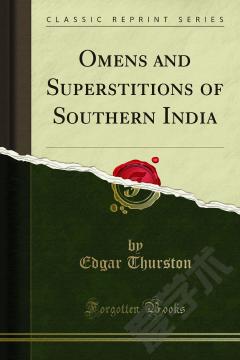Sacred Groves and Local Gods —— Religion and Environmentalism in South India
----- 神圣的树丛和地方神:南印度的宗教和环境保护
In recent years, environmentalists and scholars of religion have shown an enormous interest in the pan-Indian phenomenon of âsacred groves,â small forests or stands of trees whose produce is set aside for the exclusive use of a deity. This article seeks to contribute to scholarship on sacred groves by considering the meanings that Tamil villagers in the Madurai region attach to them. First, I describe the answers that people give when asked why they do not cut the trees in sacred groves: namely, the trees are the shade-giving temples or beauty-enhancing adornments of the deity. Second, I contextualize local discourse about sacred groves in the environmental and political history of the region to uncover old paradigms that inform present-day beliefs and practices. The forest gods of Tamil Nadu, I argue, are closely modeled on the pÄlaiyakkÄrar s (or poligars) of the seventeenth and eighteenth centuries, fierce local chieftains who formed alliances with, and sometimes defied, generations of rulers seeking to subdue the region. The often violent modes of worship these gods require has evoked considerable criticism, but I believe they have a lot to teach us about how people thrived for centuries in an unusually harsh environmental milieu.
{{comment.content}}








 京公网安备 11010802027623号
京公网安备 11010802027623号